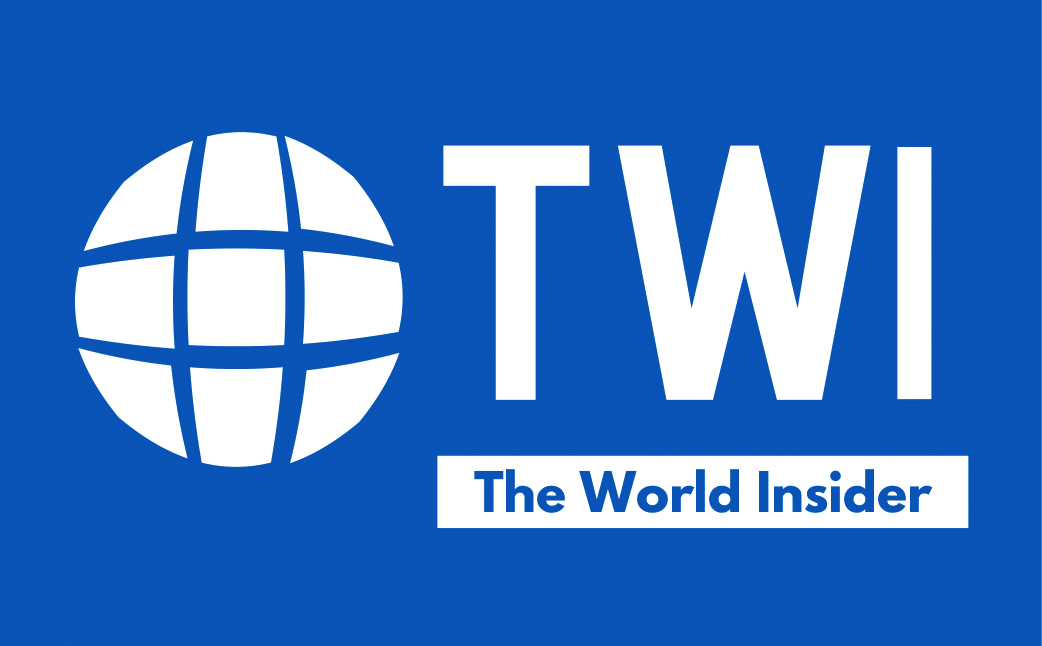The United States, Japan, and South Korea said on Tuesday they had fully activated a system to detect and assess North Korea’s missile launches in real-time and established a multi-year trilateral military exercise plan.
U.S. Secretary of Defense Lloyd Austin, Japan’s Defense Minister Kihara Minoru, and South Korean National Defense Minister Shin Wonsik recently agreed to finalize the two initiatives by the end of 2023 at the United States-Japan-Republic of Korea Trilateral Ministerial Meeting in November.
The announcement came one day after North Korea test-fired a long-range missile in what it says was a protest of military moves by the United States and its allies.
Japan, US, South Korea activate data-sharing mechanism
Under the new mechanism, the three countries will share information on the launch site, flight trajectory and hitting point of North Korean missiles around the clock, South Korean Defence Minister Shin Won-sik said. “We will have warning data on North Korean missiles much faster, and be able to secure enough time to respond effectively,” Shin said.
Until now, real-time missile alert information was shared bilaterally between the U.S. and Japan, and U.S. and South Korea. From now on it will be shared trilaterally. “Previously, North Korean missile warning information was shared on a partial and temporary basis. Now, with the new system in place, South Korea, the U.S. and Japan can initiate a 24/7 basis system on information sharing,” South Korean defense ministry spokesperson Jeon Ha-kyu said.
U.S. Department of Defense (DoD) said that the recent tests verified the full operational capability of the mechanism to jointly monitor the DPRK (Democratic People’s Republic of Korea, also known as North Korea) missile warning. “The three countries established this mechanism to improve their ability to ensure the safety of their peoples by trilaterally detecting and assessing missiles launched by the DPRK in real-time,” the official statement said.
The three countries will continue to build upon their cooperation to respond to regional challenges and ensure peace and stability on the Korean Peninsula, in the Indo-Pacific, and beyond.
The announcement comes a year after the leaders of the three nations — U.S. President Joe Biden, South Korean President Yoon Suk Yeol and Japanese Prime Minister Fumio Kishida — agreed to make joint efforts on sharing missile launch data during a summit in Phnom Penh in November 2022. The leaders reaffirmed their commitment and aimed to operationalize the system by the end of this year during their meeting at the U.S. at Camp David in August this year.
North Korea tests long-range missile which ‘can reach anywhere in US’
The development comes as Pyongyang continues to advance nuclear and missile capabilities. North Korea fired a short-range ballistic missile Sunday, then a solid-fuel intercontinental missile capable of reaching the U.S. mainland on Monday.
Japanese Defense Ministry preliminary assessment suggested that the missile launched on Monday exhibited the range to hit anywhere in the United States. “The ICBM-class ballistic missile launched this time, if calculated based on the trajectory, depending on weight of warhead, could have a flying range of over 15,000 kilometers (9,320 miles), meaning the whole of the US territory would be within range,” Shingo Miyake, parliamentary vice-minister of defense, told reporters at a news conference in Tokyo.
Japanese authorities said the North Korean missile flew at a highly lofted trajectory for about 73 minutes and to an altitude of 6,000 kilometers (3,700 miles) and a distance of about 1,000 kilometers (621 miles) before falling into the sea west of the northern Japanese island of Hokkaido.
North Korean leader Kim Jong Un, who watched Monday’s launch of the Hwasong-18 intercontinental ballistic missile (ICBM), said that the launch sends “a clear signal to the hostile forces, who have fanned up their reckless military confrontation hysteria” against the North, state news agency KCNA reported. Kim said the drill “displayed the DPRK’s will for toughest counteraction and its overwhelming strength.”




